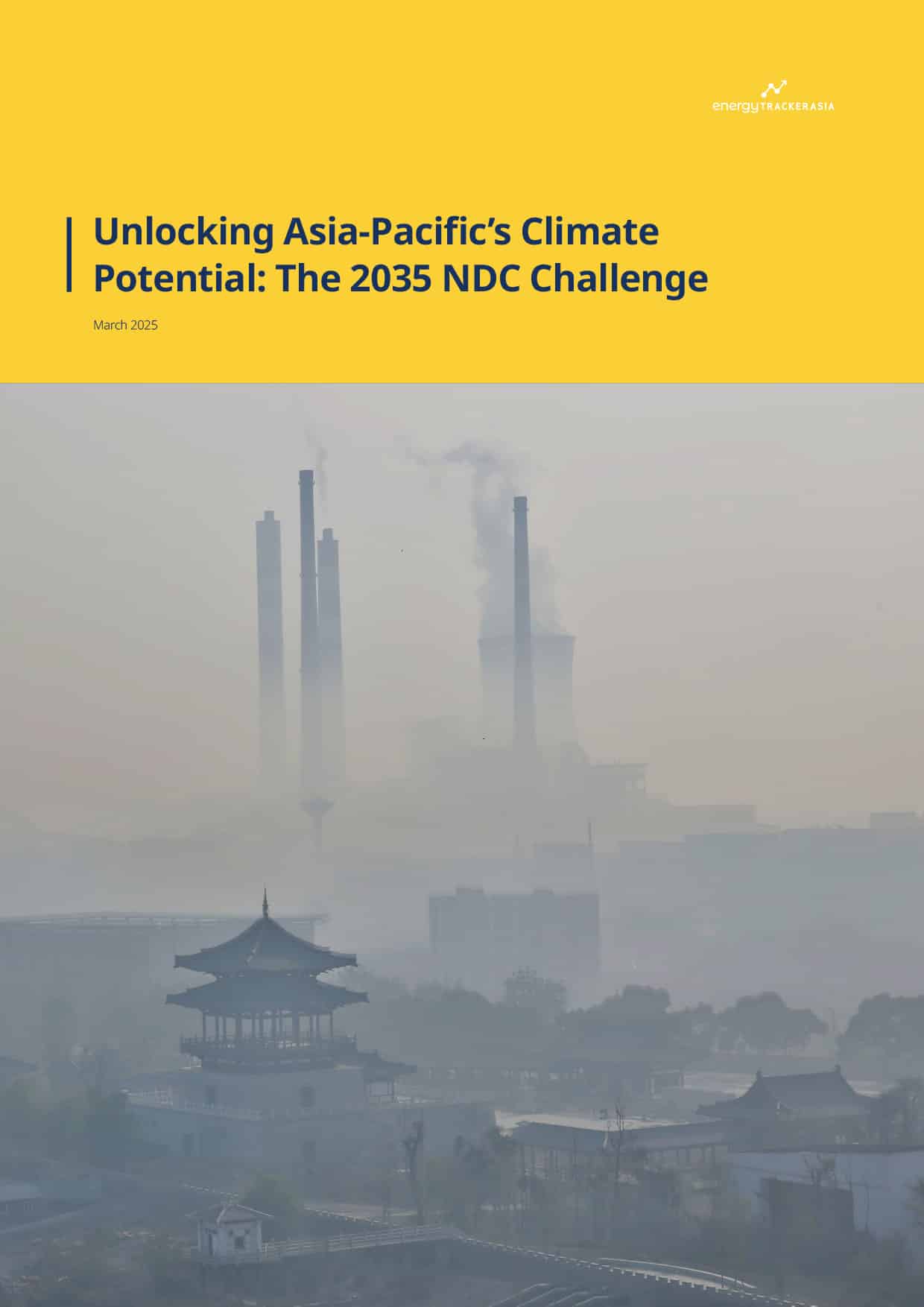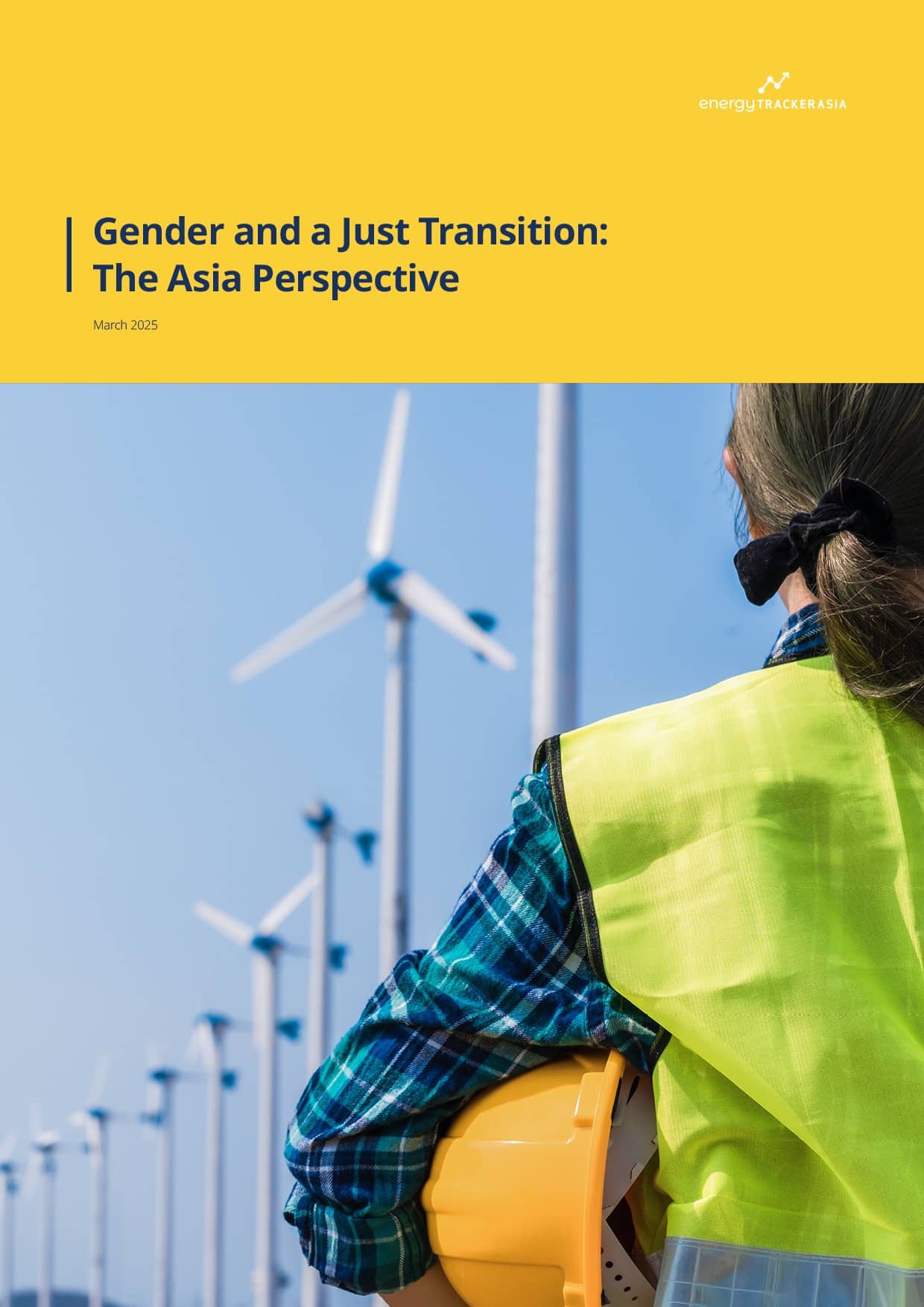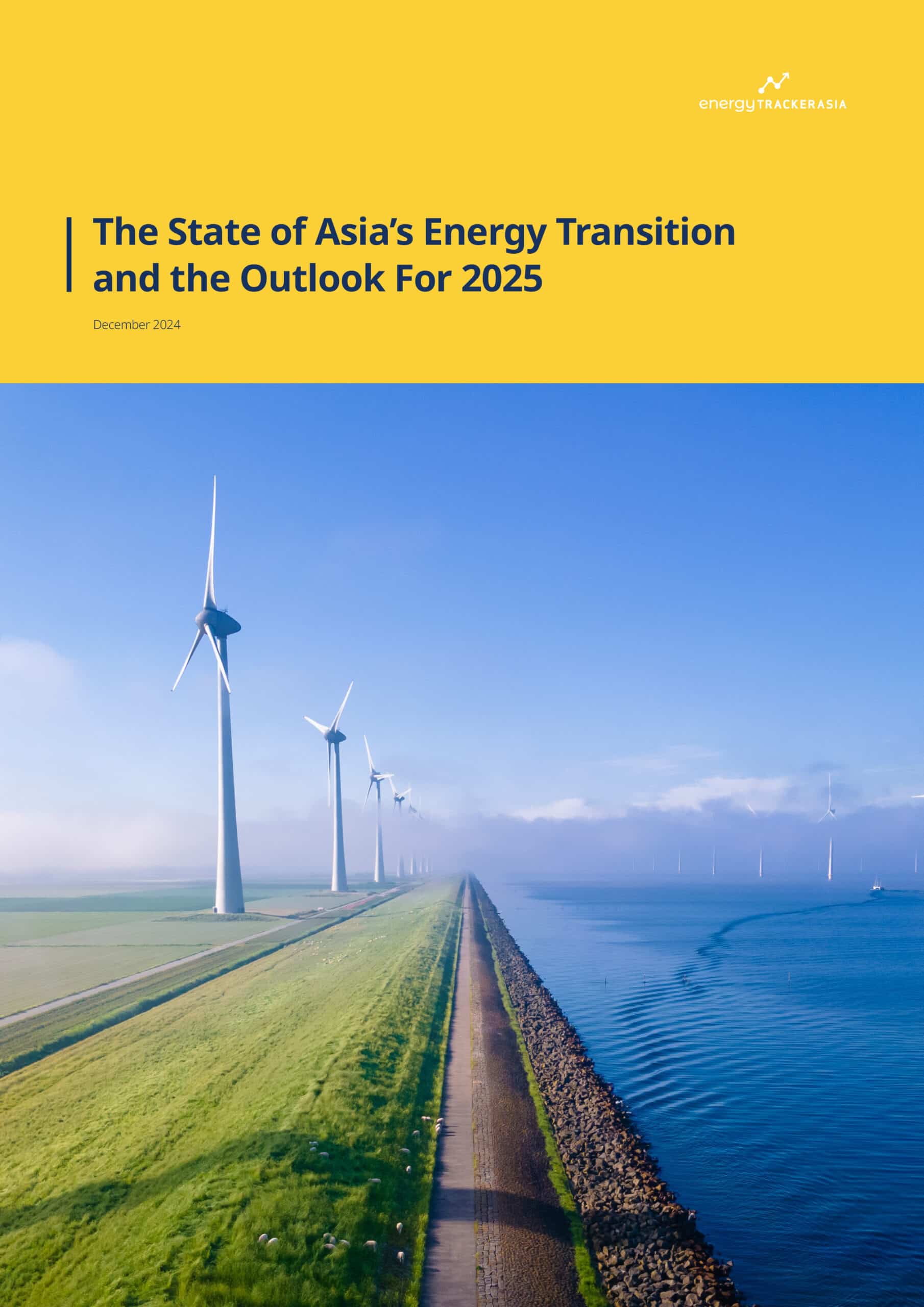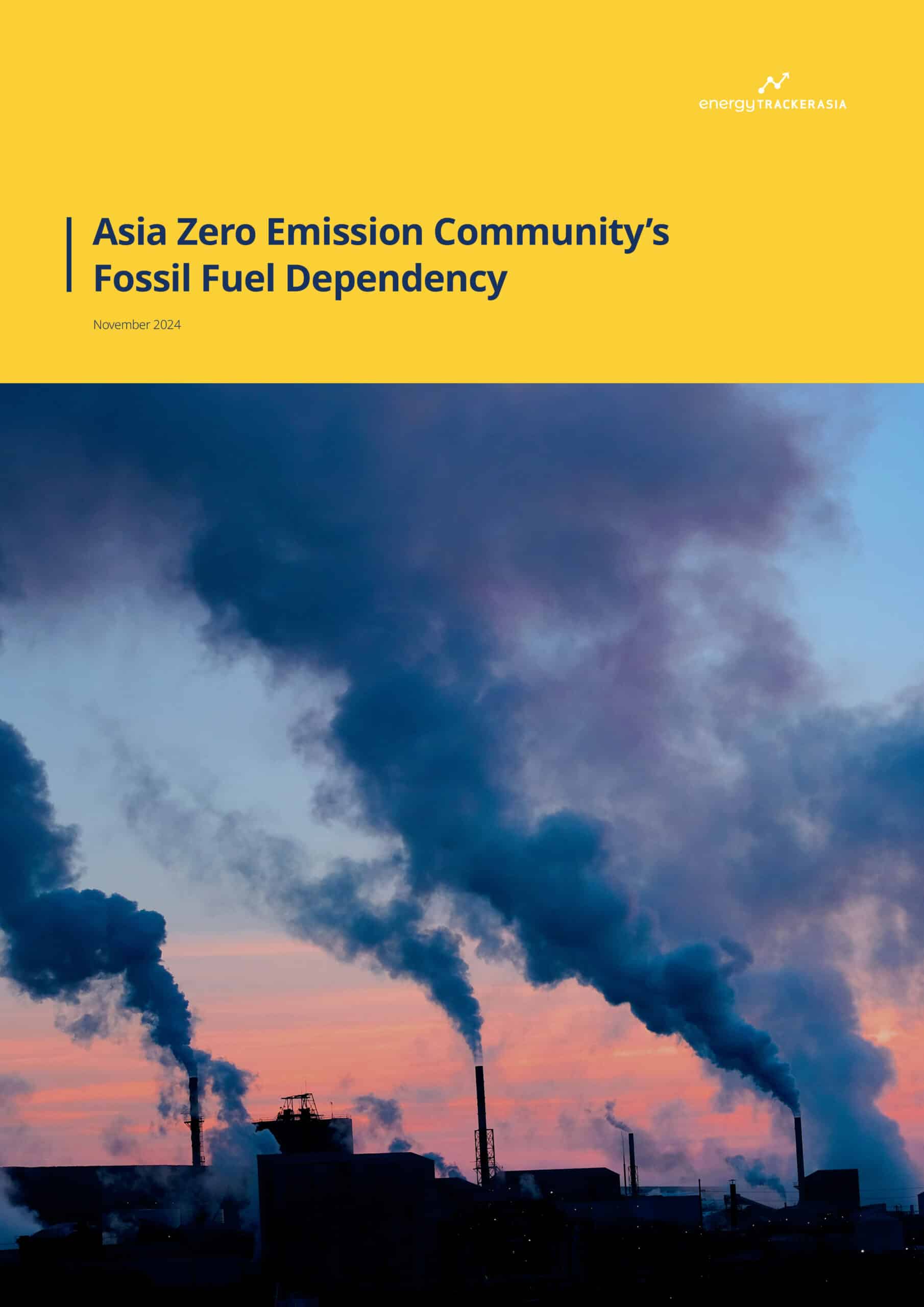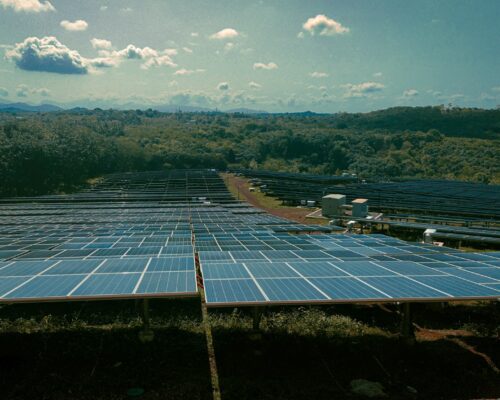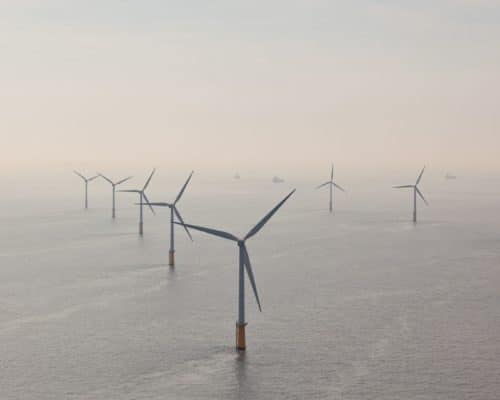UN and IRENA: Renewables the Cheapest Electricity Source in 2024
05 August 2025 – by Viktor Tachev
“Solar — not so long ago, four times the cost of fossil fuels — is now 41% cheaper. Offshore wind — 53%. And over 90% of new renewables worldwide produced electricity for less than the cheapest new fossil fuel alternative,” said António Guterres, United Nations secretary-general, in a special address on Climate Action for the release of a special report by the UN, IEA, IMF, IRENA, the OECD and the World Bank.
Despite the cost-competitiveness and energy security advantages, renewable energy is not replacing fossil fuels in energy systems at the pace and scale needed. To accelerate climate action and seize the benefits of the emerging clean energy economy, governments need to develop enabling policies, prioritise grid and battery storage investments and improve the availability, accessibility and affordability of green finance for developing economies. Last but not least, policymakers should resist the pressure from the fossil fuel lobby to prove that communities’ well-being lies at the centre of their course of action. The 2035 NDC updates offer the perfect stage.
United Nations: Renewables are the Cheapest and Fastest Option For New Electricity
The “Seizing the moment of opportunity” report by the Climate Action Team in the Executive Office of the United Nations Secretary-General reveals that solar and wind are now almost always the least expensive — and the fastest — option for new electricity generation. According to the team, on average, project lead times for solar PV and onshore wind are one to three years (less for small-scale solar). In comparison, coal- and gas-fired power plants can take up to five years or more to start operations, while nuclear power plants require a timeline of 10–15 years.
The report also finds that between 2010 and 2022, solar and wind power became cost-competitive with fossil fuels without financial support in many countries. By 2023, around 96% of newly installed, utility-scale solar PV and onshore wind capacity had lower power generation costs than new coal and gas plants. Around 75% of new wind and solar PV plants offered cheaper power than existing fossil fuel facilities globally.
As a result, in 2024, renewables made up 92.5% of all new electricity capacity additions and 74% of electricity generation growth. The share of clean energy sources in global electricity generation surpassed 40% for the first time, with renewables accounting for 32%. Forecasts now predict that renewables-based electricity generation will overtake coal-fired generation for the first time in 2025.
Global annual clean energy investments surpassed USD 2 trillion for the first time in 2024, while clean energy jobs reached a total of 34.8 million in 2023, of which 16.2 million were in renewables. In 2023, the sector contributed approximately USD 320 billion to the global economy, accounting for 10% of global GDP growth and nearly a third in the EU. In 2024, the clean energy sector accounted for 10% of China’s GDP, driving a quarter of its growth.
Importantly, the UN’s report concludes that a new clean energy economy is now emerging, contributing to GDP growth and creating jobs while helping to decouple economic development from emissions. As a result, the experts believe that solar, wind and EVs have irreversibly crossed a positive tipping point and entered a virtuous cycle of cost decline and widespread adoption.
“This is not just a shift in power,” said Guterres in his special address. “This is a shift in possibility. Yes, in repairing our relationship with the climate.”
IRENA: Renewable Energy, the Cheapest Electricity Generation Source in 2024, Saved USD 467 Billion in Fossil Fuel Costs
The “Renewable Power Generation Costs 2024” report by IRENA finds that on the levelised cost of electricity (LCOE) basis, renewables remained the most cost-competitive option for new electricity generation in 2024. Around 91% of newly commissioned utility-scale capacity delivered power at a lower cost than the cheapest, newly installed fossil fuel-based alternative. Importantly, wind power has become more affordable than fossil fuels in all major markets.
Furthermore, renewables helped avoid USD 467 billion in fossil fuel costs, reinforcing their role not only as the lowest-cost source of new power but also as a key driver of energy security, economic stability and resilience in a volatile global energy landscape.
Over the past year, new utility-scale onshore wind projects remained the cheapest source of renewable electricity (LCOE of USD 0.034 per kWh), followed by new solar PV (USD 0.043 per kWh) and new hydropower (USD 0.057 per kWh). This came despite the slight increase in LCOE for solar PV (0.6%), onshore wind (3%) and offshore wind (4%) due to external factors such as tariffs and geopolitical instabilities.
The report also highlights a staggering drop in total installed costs, which between 2010 and 2024 fell to USD 691 per kW for solar PV, USD 1,041 per kW for onshore wind and USD 2,852 per kW for offshore wind. The cost for battery storage technology, which is integral for unlocking the benefits of the clean energy transition, also marked a substantial drop. Between 2010 and 2024, costs declined by 93%, falling from USD 2,571 per kWh to USD 192 per kWh.
According to IRENA, over the next five years, global total installed costs are expected to drop even further, reaching approximately USD 388 per kW for solar PV, USD 861 per kW for onshore wind and USD 2,316 per kW for offshore wind. These would be driven mainly from continued technological learning and supply chain maturity. However, the experts warn that trade tariffs and Chinese manufacturing sector dynamics could lead to a short-term cost increase. Furthermore, the report identifies financing costs as a key determining factor regarding the viability of clean energy projects.
Asia as the Key Driving Force in Another Record Year For Renewable Energy Expansion, Enjoying Below-average LCOEs
The report finds that in 2024, global renewable power capacity additions reached an unprecedented 582 GW, a 19.8% on-year increase. This marked the highest annual deployment since 2000. As a result, at the end of the year, the total installed renewable capacity reached 4,443 GW. With 452.1 GW, solar PV was responsible for 77.8% of the new capacity. Next in line was wind power with 114.3 GW.
Asia was the key driving force behind the record growth, adding a total of 413.2 GW of renewable capacity. This marked a 24.9% increase, bringing the region’s total to 2,374 GW. China was again the undisputed leader, responsible for 61.2% (276.8 GW) of the global solar PV additions and 69.4% (79.4 GW) of the new wind capacity.
IRENA’s report finds that, for onshore wind, China (USD 0.029 per kWh) and Brazil (USD 0.030 per kWh) recorded LCOEs below the global average in 2024. According to the researchers, this reflects the maturity of these top markets.
For solar PV, China and India reported below-average LCOEs, at USD 0.033 per kWh and USD 0.038 per kWh, respectively. For offshore wind, Asia’s average (USD 0.078 per kWh) was slightly below Europe’s (USD 0.080 per kWh).
In 2026, Asia will retain a distinct advantage for both solar (USD 500 per kW) and onshore wind (USD 850 per kW), with costs lower than anywhere else in the world.
It’s Time For an Even Bigger Push and the 2035 NDC Submissions Offer the Perfect Opportunity
The climate commitments and current policies of governments, since the Paris Agreement in 2015, have reduced global warming from 4°C to 3.1°C. However, the world is still far from a 1.5°C-aligned trajectory, necessitating the need for even more ambitious and urgent targets.
“The clean energy future is no longer a promise. It’s a fact. No government, no industry, no special interest can stop it,” said Guterres. “Of course, the fossil fuel lobby will try — and we know the lengths to which they will go. But I have never been more confident that they will fail — because we have passed the point of no return,” he continued. According to him, the three main advantages of renewables have led us to the point of no return include market economics, energy security and easy access.
However, despite the record growth in clean energy deployment in 2024, IRENA warns that current deployment levels still fall short of the goal to triple renewable energy capacity by 2030. As per the goal set out in the First Global Stocktake during COP28, the world needs annual additions of over 1,000 GW in the later half of the decade, so that it can achieve an over 11,000 GW target in 2030. Alternatively, the record deployment levels in 2024 need to double to be on track. Fortunately, the global manufacturing capacity of renewable energy technologies, including announced solar PV and battery projects, can already cover the global deployment needs of the tripling renewable capacity by 2030 goal.
UN experts note that meeting the goal requires not only a rapid scale-up but also substantial investments in accompanying infrastructure, including grids and energy storage technologies.
“For every dollar invested in renewable power, just 60 cents go to grids and storage. That ratio should be one-to-one,” said Guterres. “We are building renewable power — but not connecting it fast enough. There’s three times more renewable energy waiting to be plugged into grids than was added last year.”
Furthermore, to unlock the full potential of renewables, governments should stop keeping fossil fuels afloat through costly subsidies, which not only strain national budgets and cost taxpayers money but also undermine energy security and ramp up emissions.
“Fossil fuels still enjoy a 9 to 1 advantage in consumption subsidies globally — a clear market distortion. Add to that the unaccounted costs of climate damages on people and planet,” Guterres said. In fact, UN’s report finds that among the top 20 largest fossil fuel-producing countries, nearly half of the NDCs and around a third of long-term low-emissions development strategies include plans to continue or increase fossil fuel production.
“Countries that cling to fossil fuels are not protecting their economies – they are sabotaging them. Driving up costs. Undermining competitiveness. Locking in stranded assets. And missing the greatest economic opportunity of the 21st century,” the UN’s chief noted.
According to Ben Backwell, Global Wind Energy Council CEO and chair of the Global Renewables Alliance, the world must ignore those who demand sticking with the status quo and passing on the opportunity ahead of us.
With close to 80% of nations yet to submit their new NDCs, there is a unique opportunity to change course. According to Guterres, the NDCs should be 1.5°C-aligned, covering all emissions across the entire economy, and integrating energy, climate and sustainable development priorities into one vision. Last but not least, they should deliver on global promises, including doubling energy efficiency and tripling renewable energy capacity by 2030, and accelerating the transition away from fossil fuels.
“These plans must be backed by long-term roadmaps for a just transition to net-zero energy systems — in line with global net-zero by 2050,” he warned. “They must be underpinned by policies that show that the clean energy future is not just inevitable — but investable.”
Policy Reforms and Ambition Key to Accelerating Climate Action and Capitalising on the Advantages of Renewables
Climate change’s impacts are intensifying. According to projections, between 2025 and 2029, there is an 86% chance that at least one year will be warmer than 1.5°C, and a 70% chance that the five-year average will also exceed 1.5°C. Researchers predict climate damages will result in regional economic losses amounting to 6% of GDP in Asia and up to 12.5% in Africa over the next five years. By 2050, these losses could account for 15% of global GDP. On top of this are the human lives and natural ecosystems at risk. This necessitates urgent and ambitious action to peak emissions and accelerate climate change adaptation efforts, with a focus on protecting the most vulnerable.
According to the UN, accelerating the transition requires prioritising six key areas of action. First, governments should align policies, incentives and resources to accelerate the just energy transition. Next, it is imperative to invest in enabling infrastructure for a renewables-led energy system and meet new electricity demand with clean energy, especially for rapidly growing sectors such as AI and data centres. Placing people and equity at the heart of the just energy transition to drive inclusive economic development is another critical focus area. Last but not least, the UN advises governments to accelerate the transition by enhancing cooperation on trade and investment and removing structural barriers to mobilise energy-transition finance for developing countries.
“The renewable energy industry has stepped up to deliver. Now, it is time for policymakers worldwide to step forward and ensure the clean energy age delivers on its full potential,” Backwell said. “The renewable energy industry is ready to work with policymakers, institutions and communities around the world to welcome in the new energy era.”
The question is – are policymakers?
by Viktor Tachev
Viktor has years of experience in financial markets and energy finance, working as a marketing consultant and content creator for leading institutions, NGOs, and tech startups. He is a regular contributor to knowledge hubs and magazines, tackling the latest trends in sustainability and green energy.
Read more